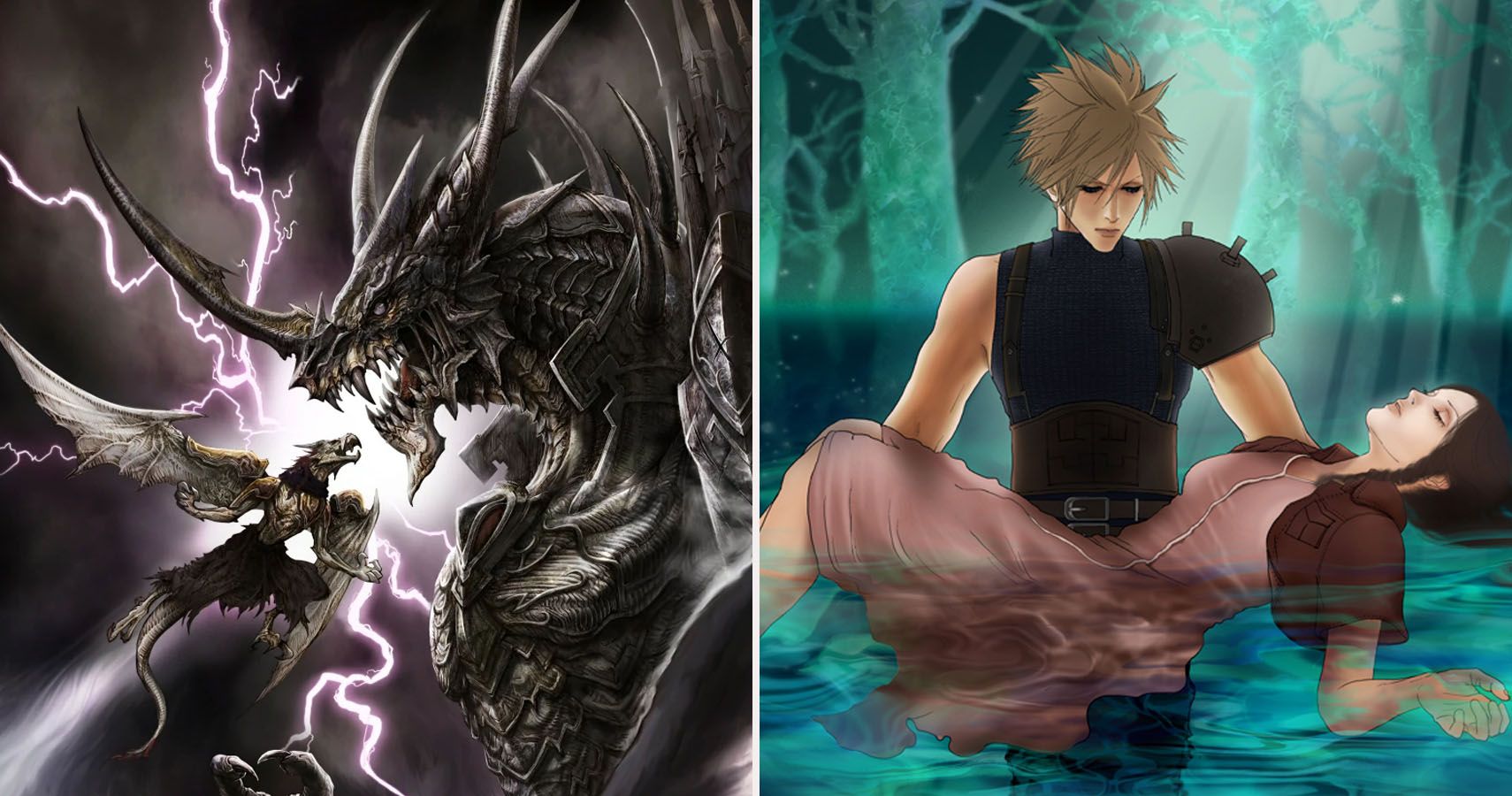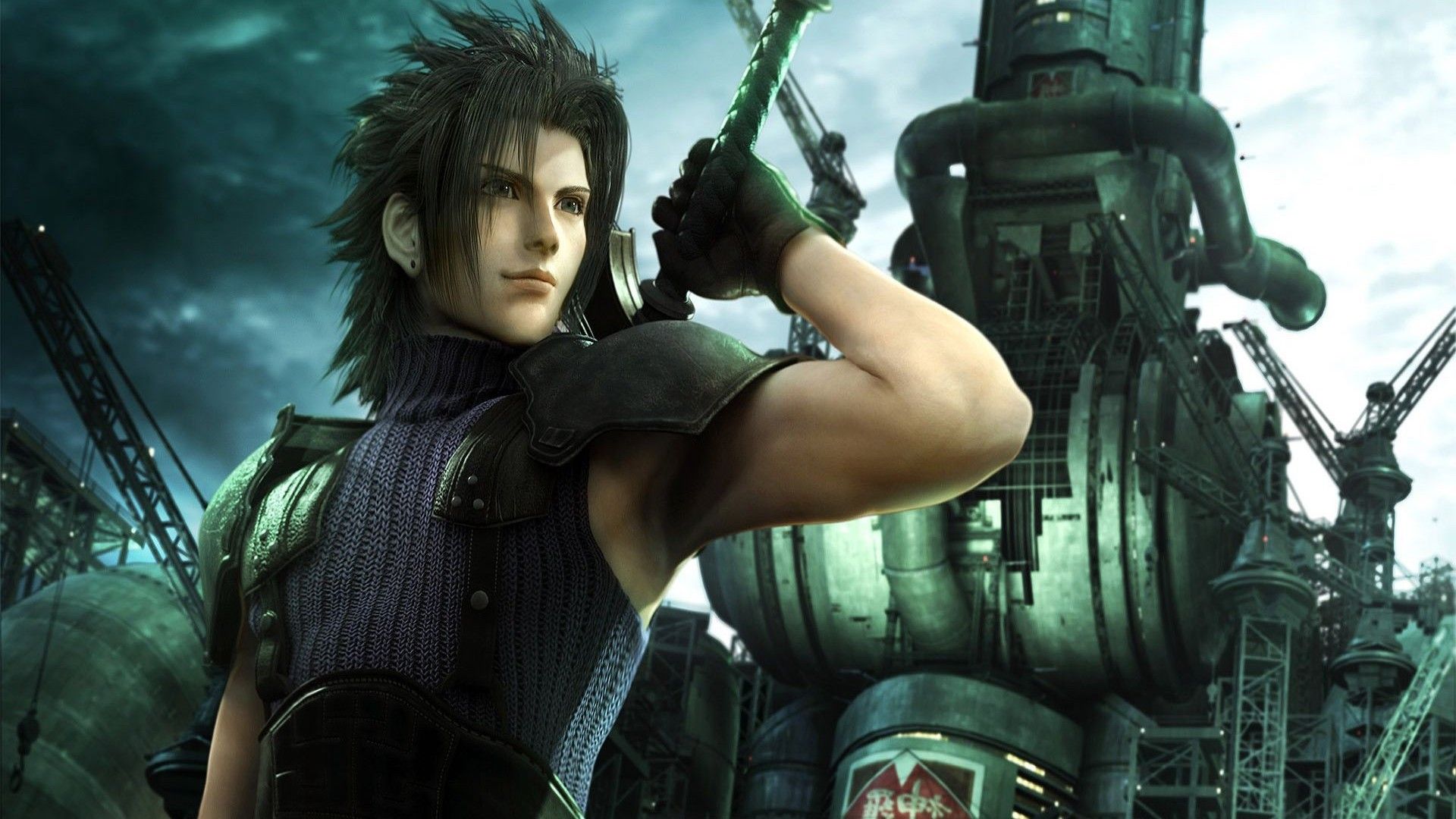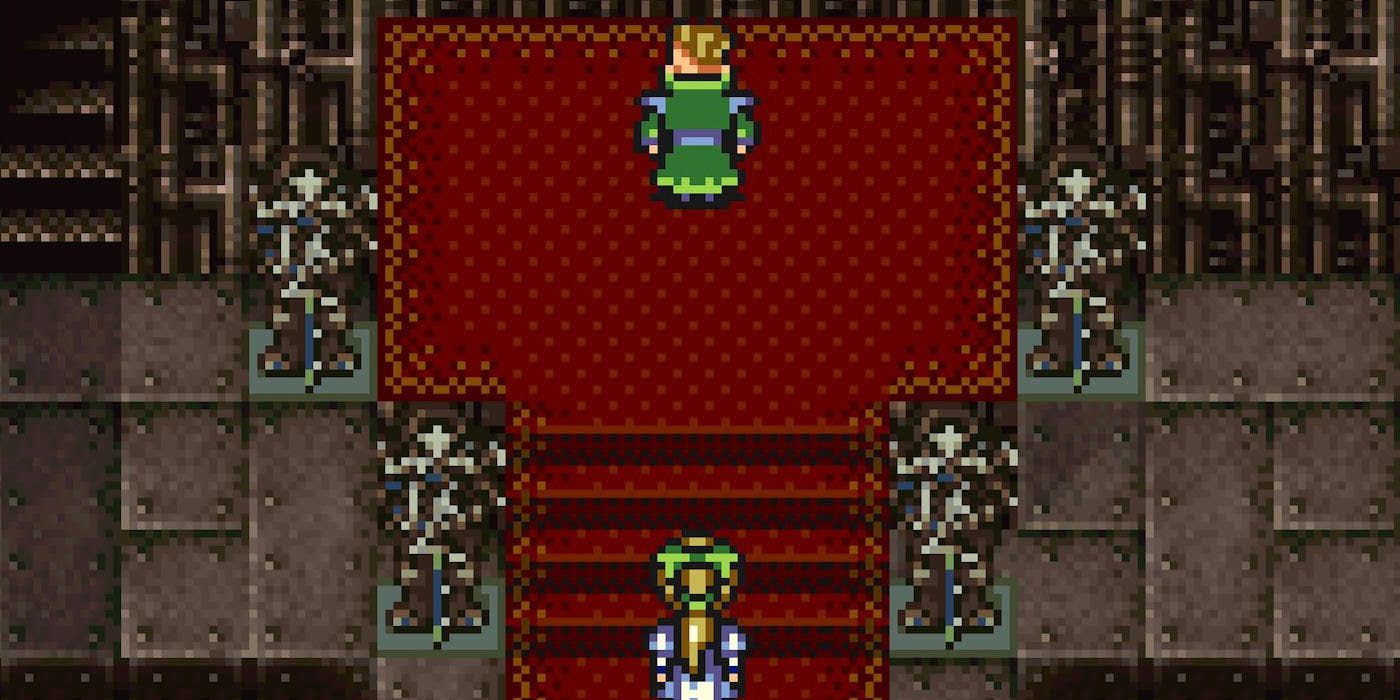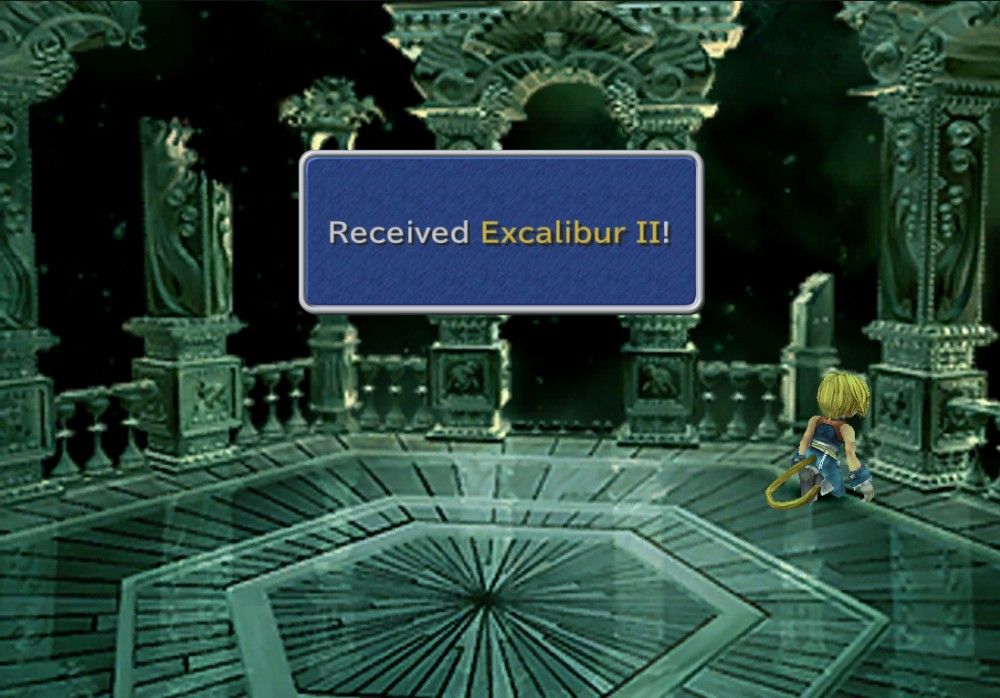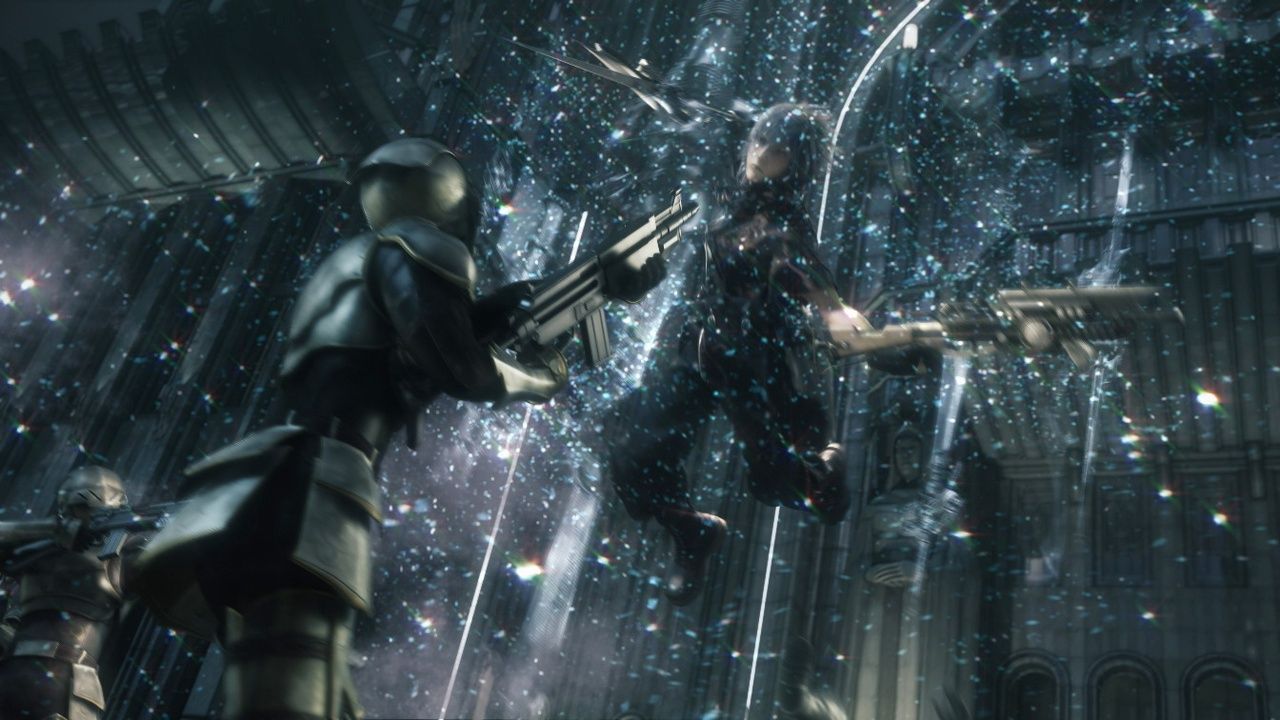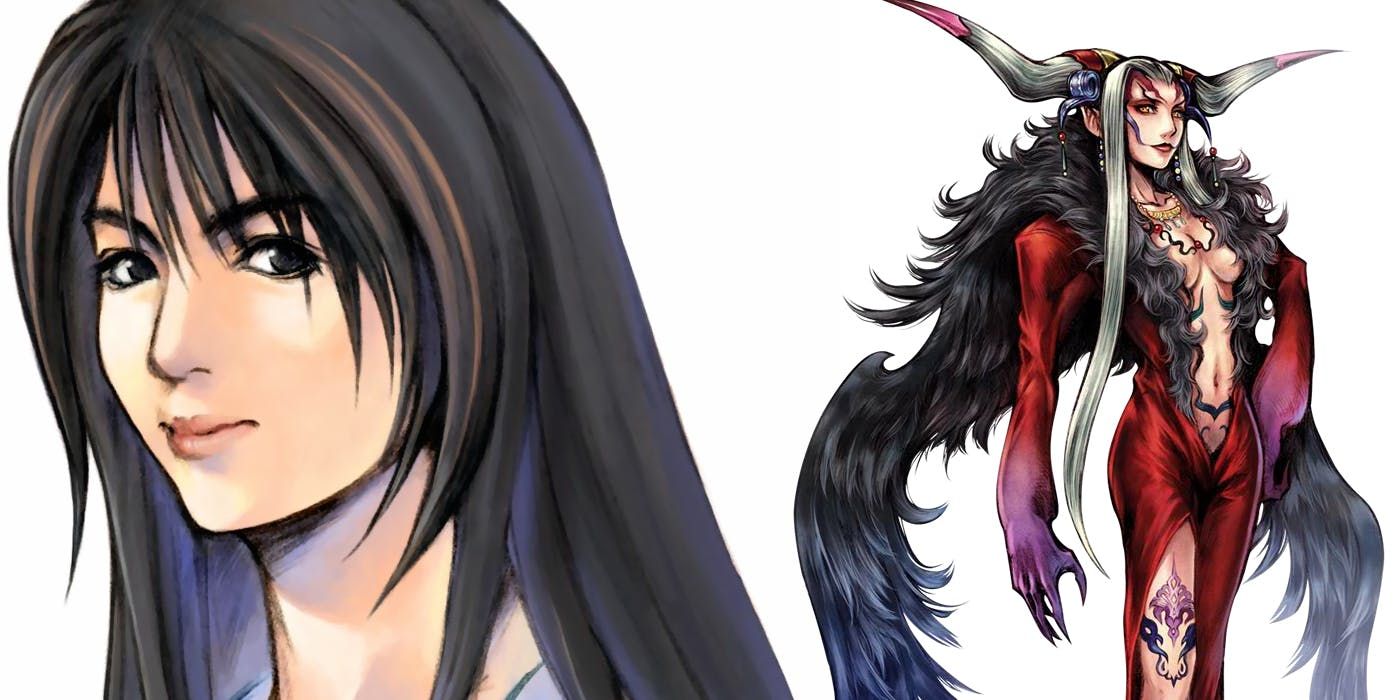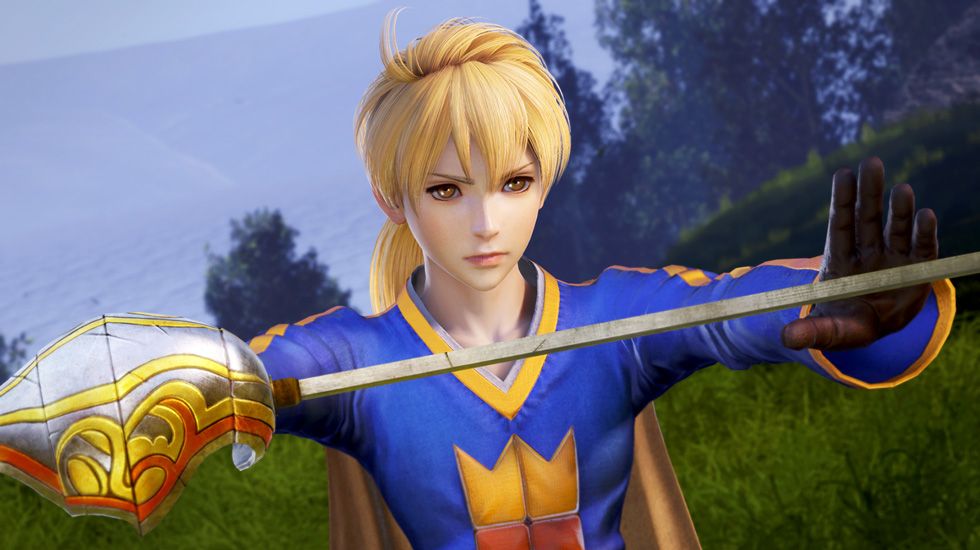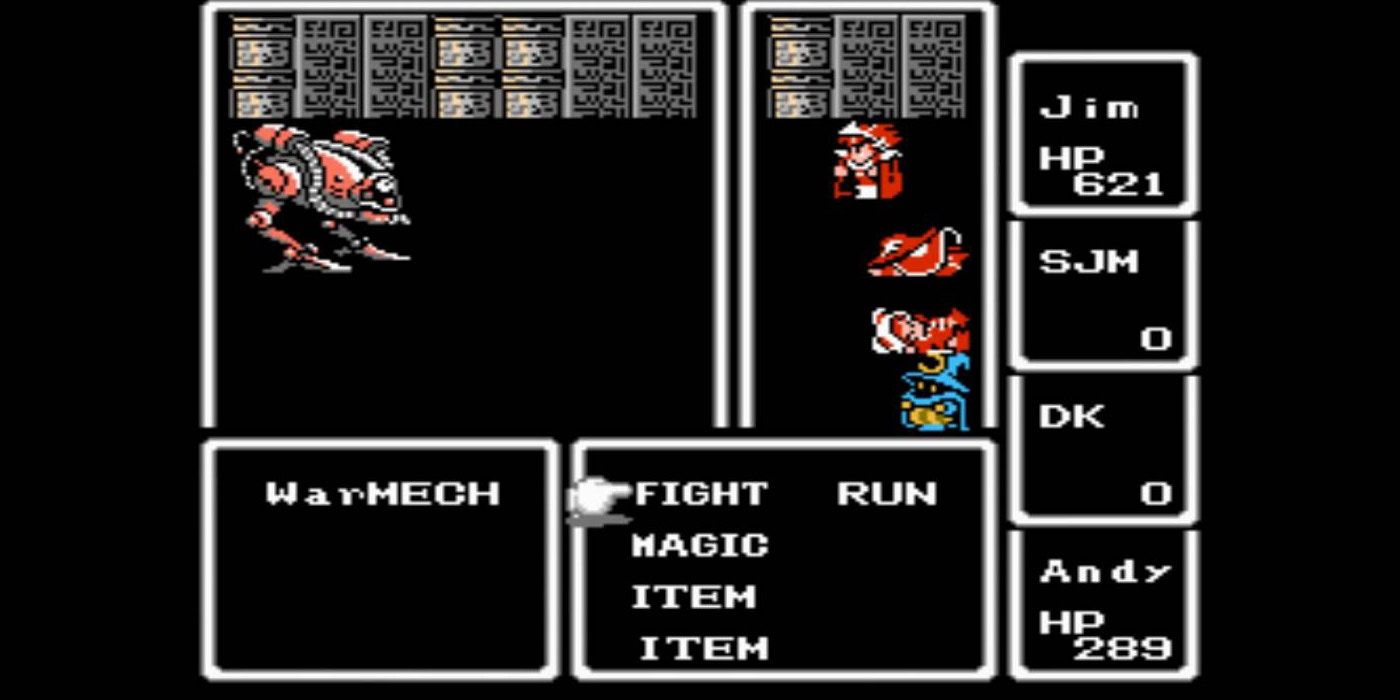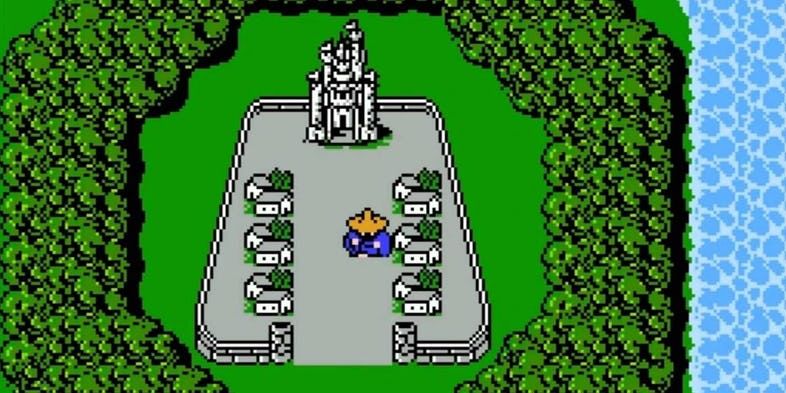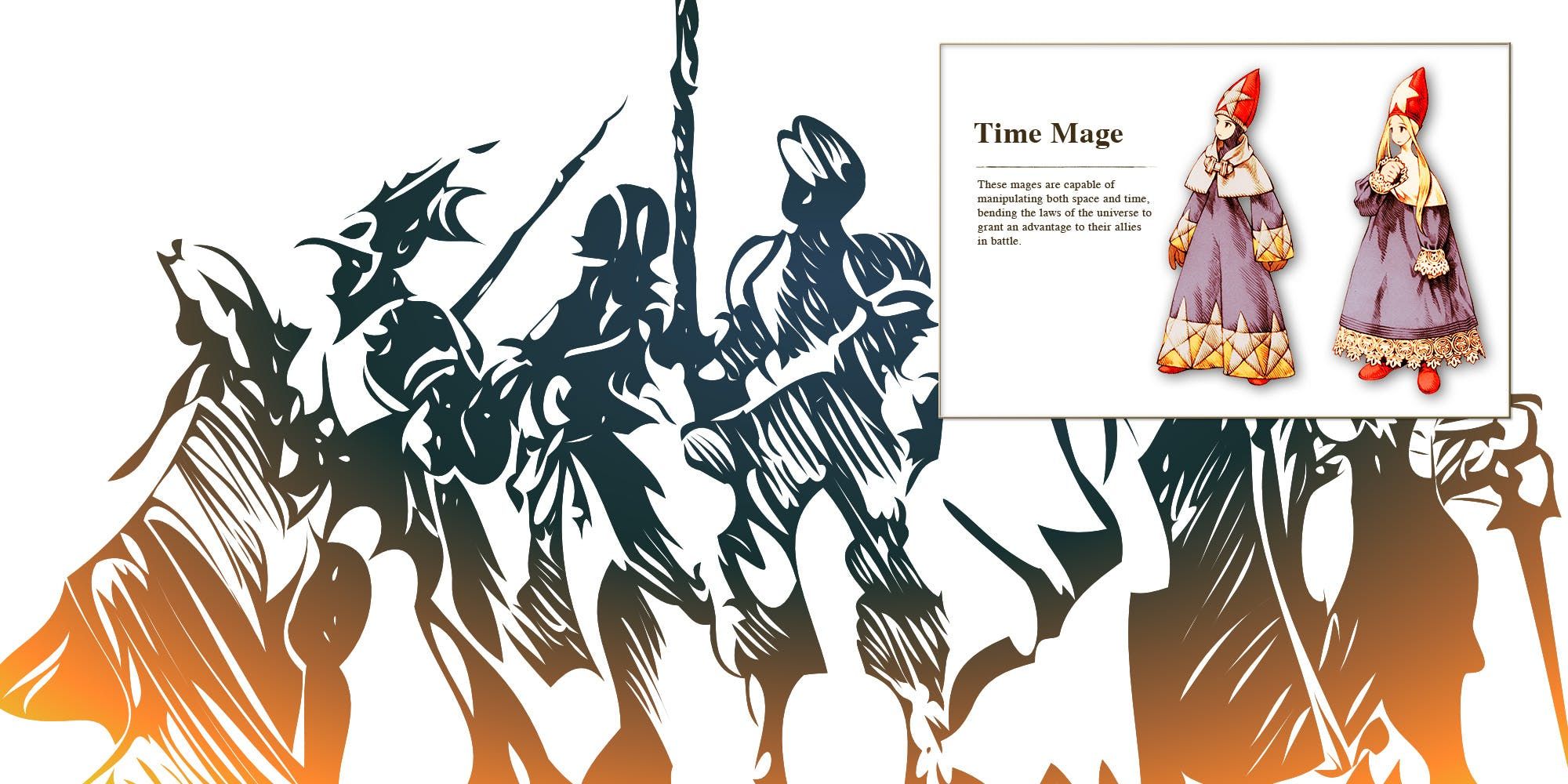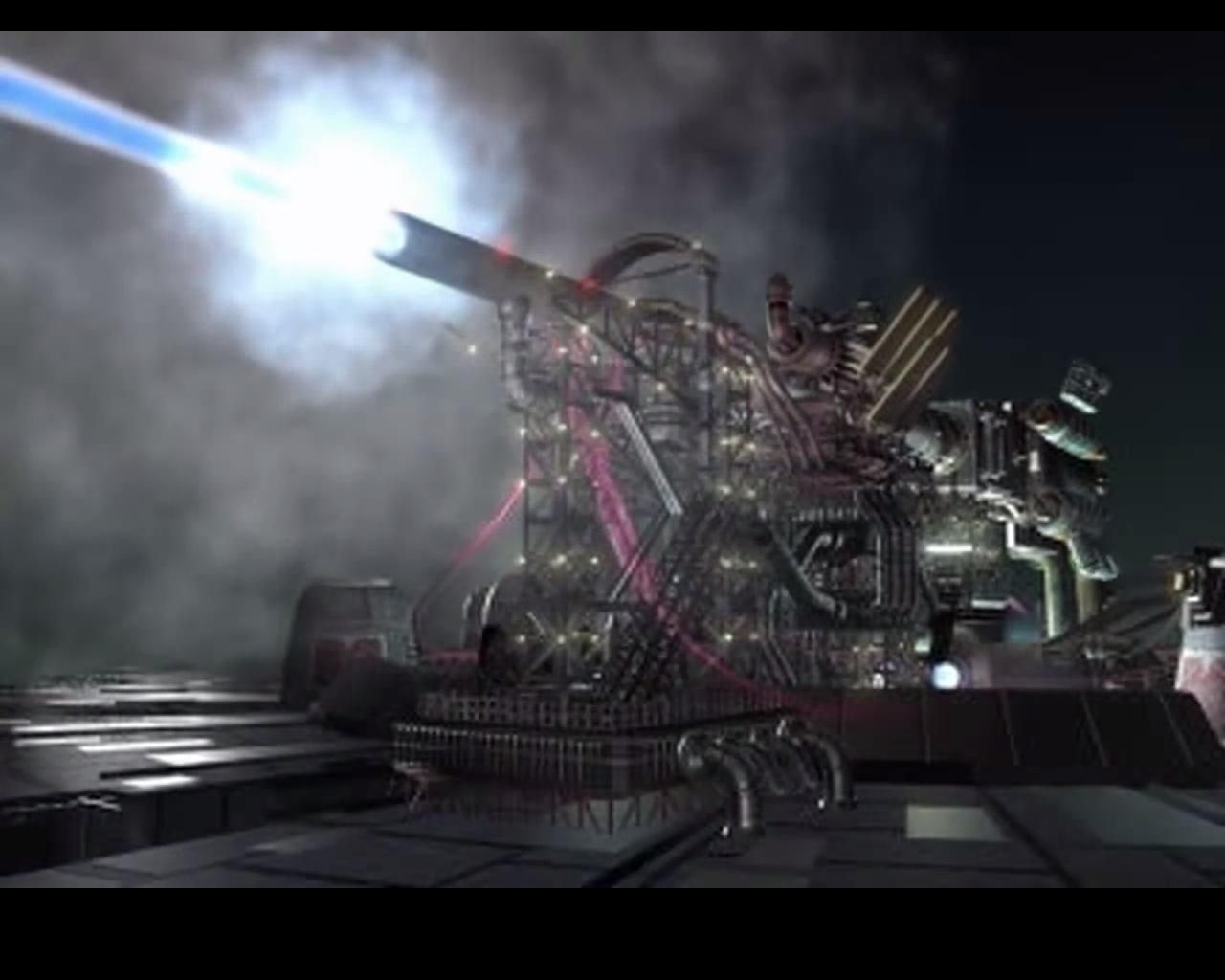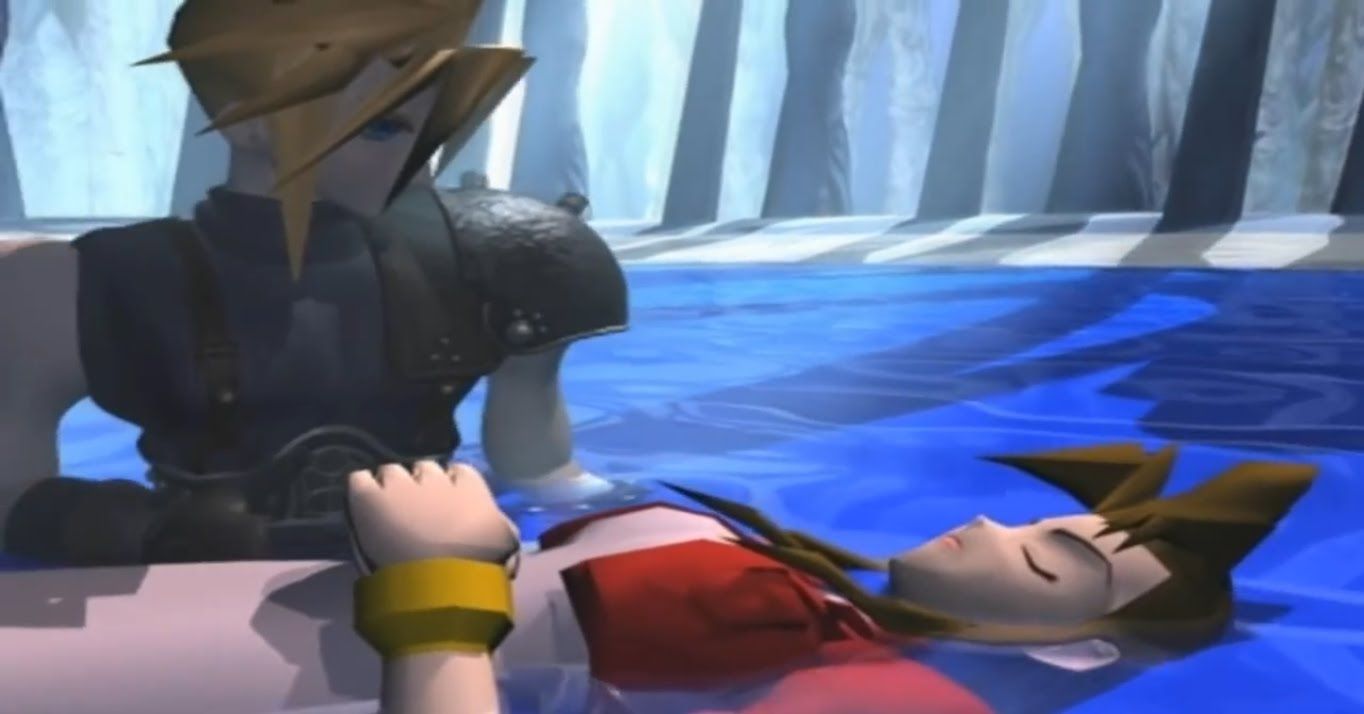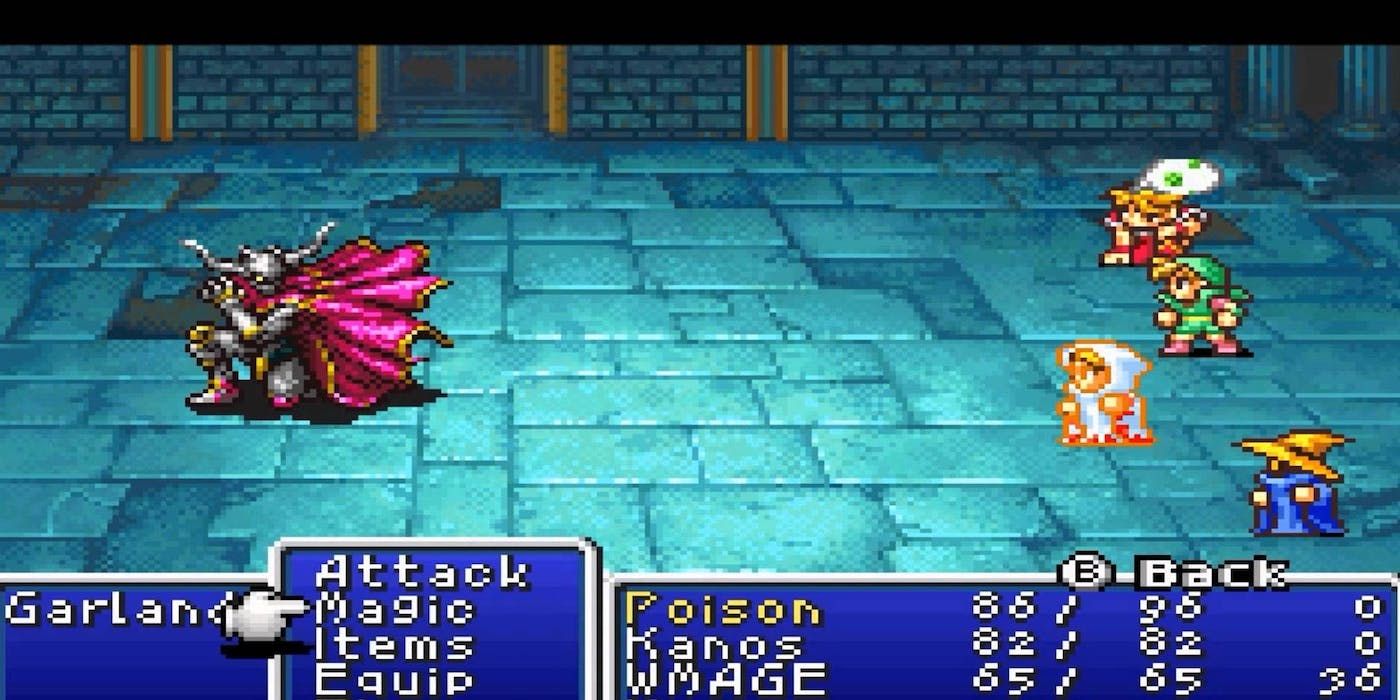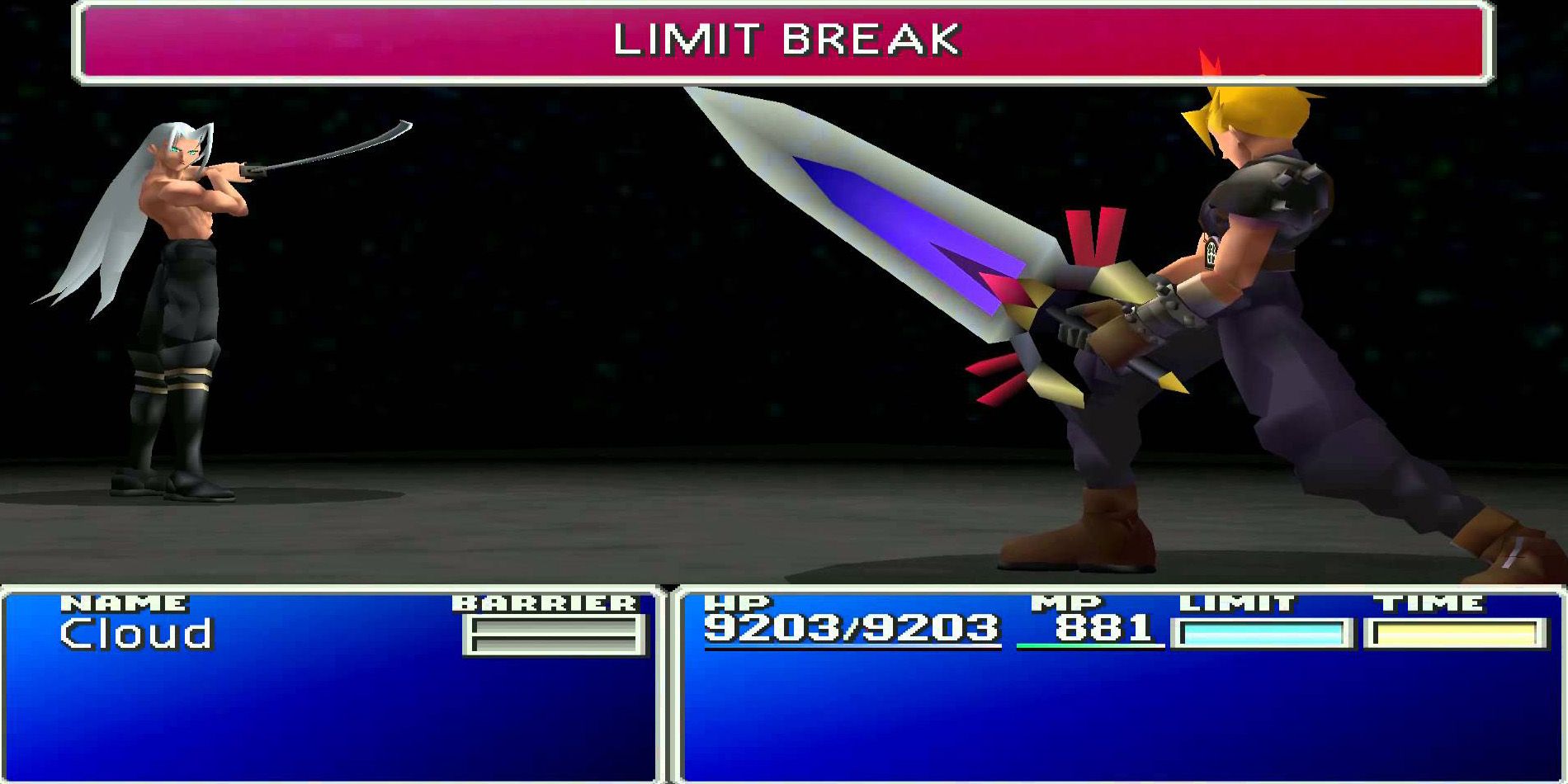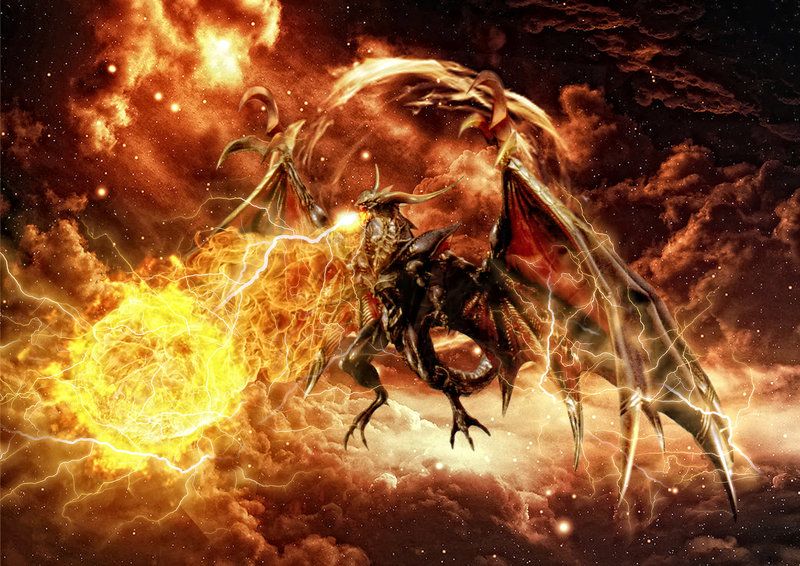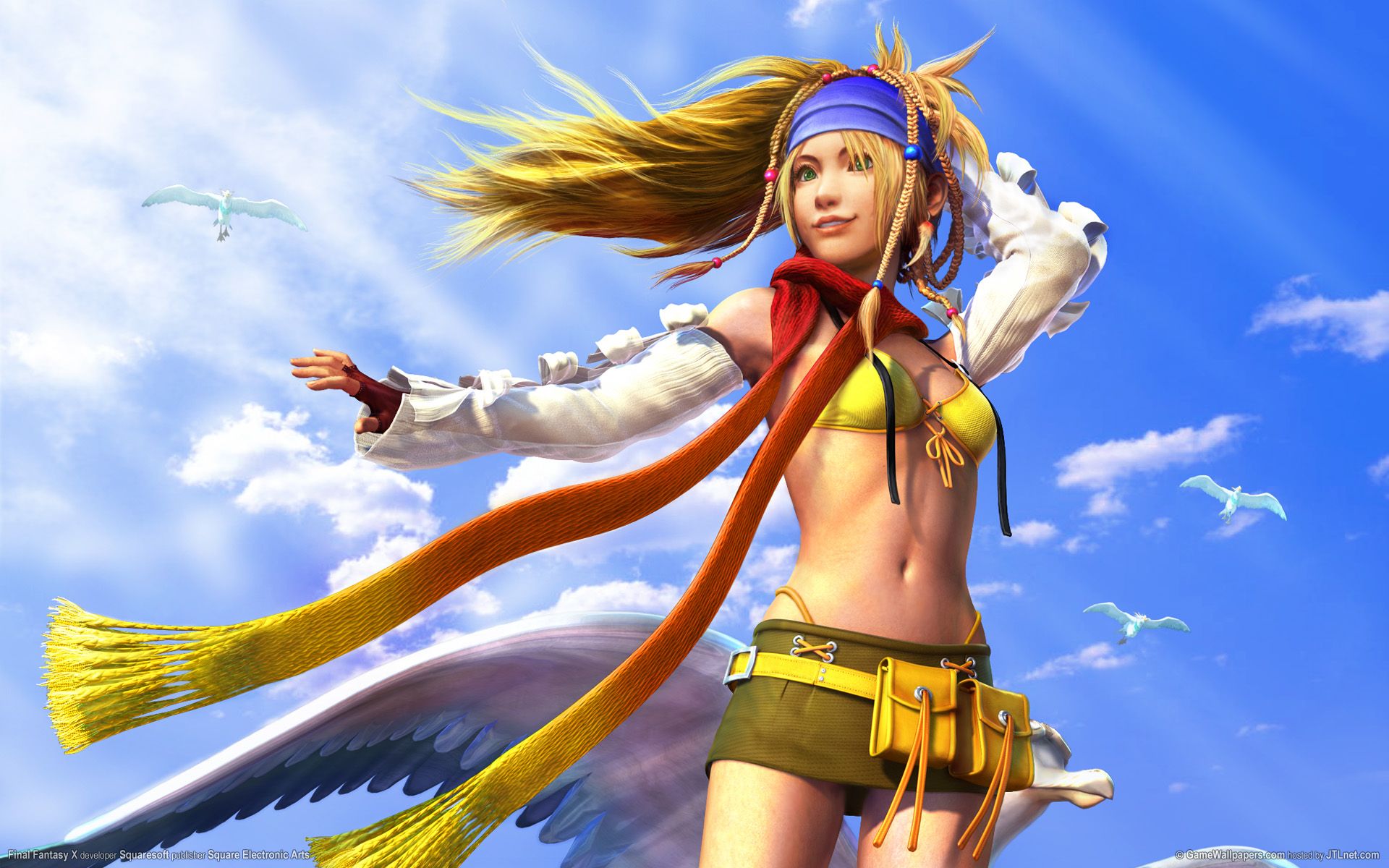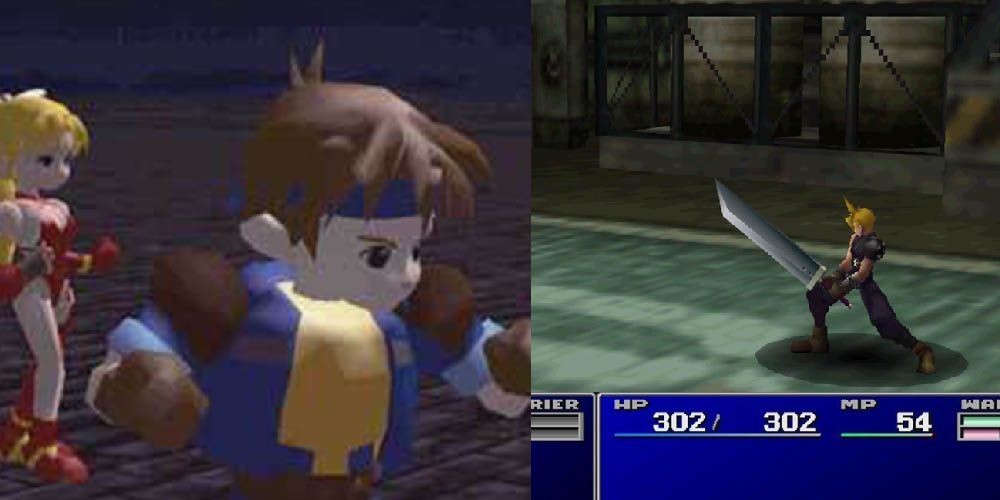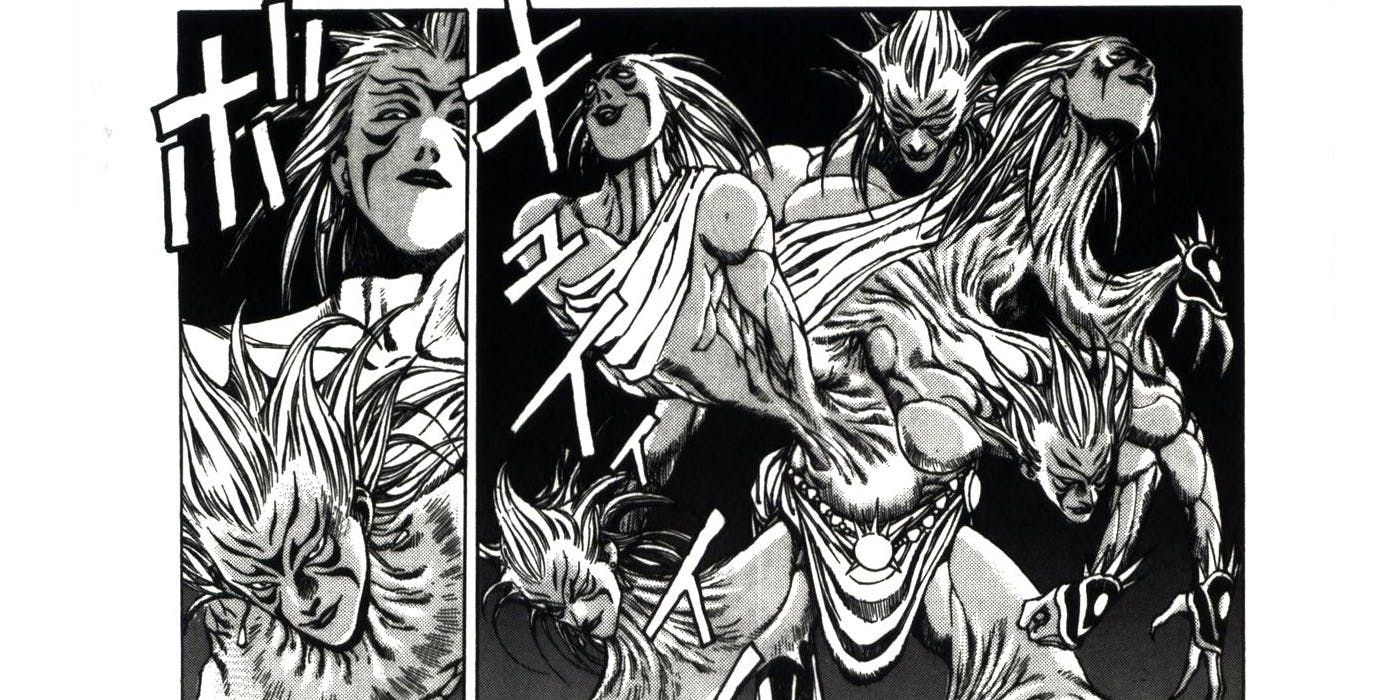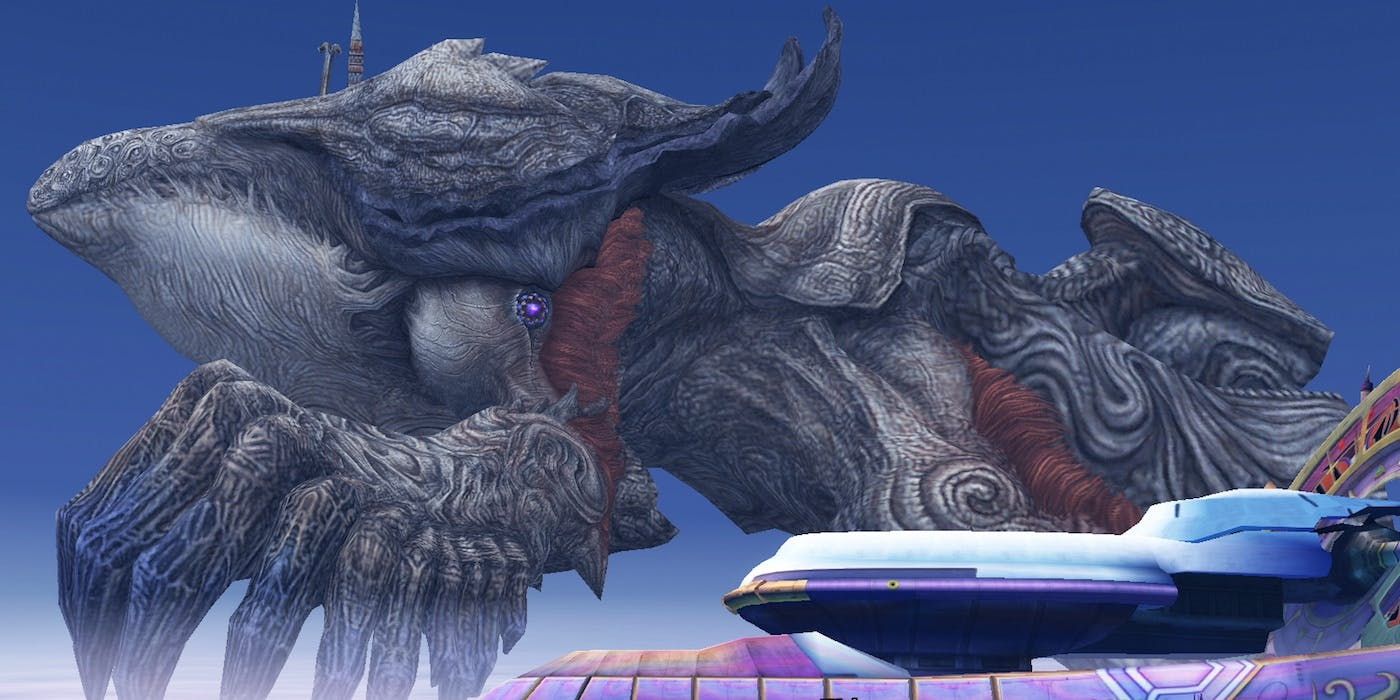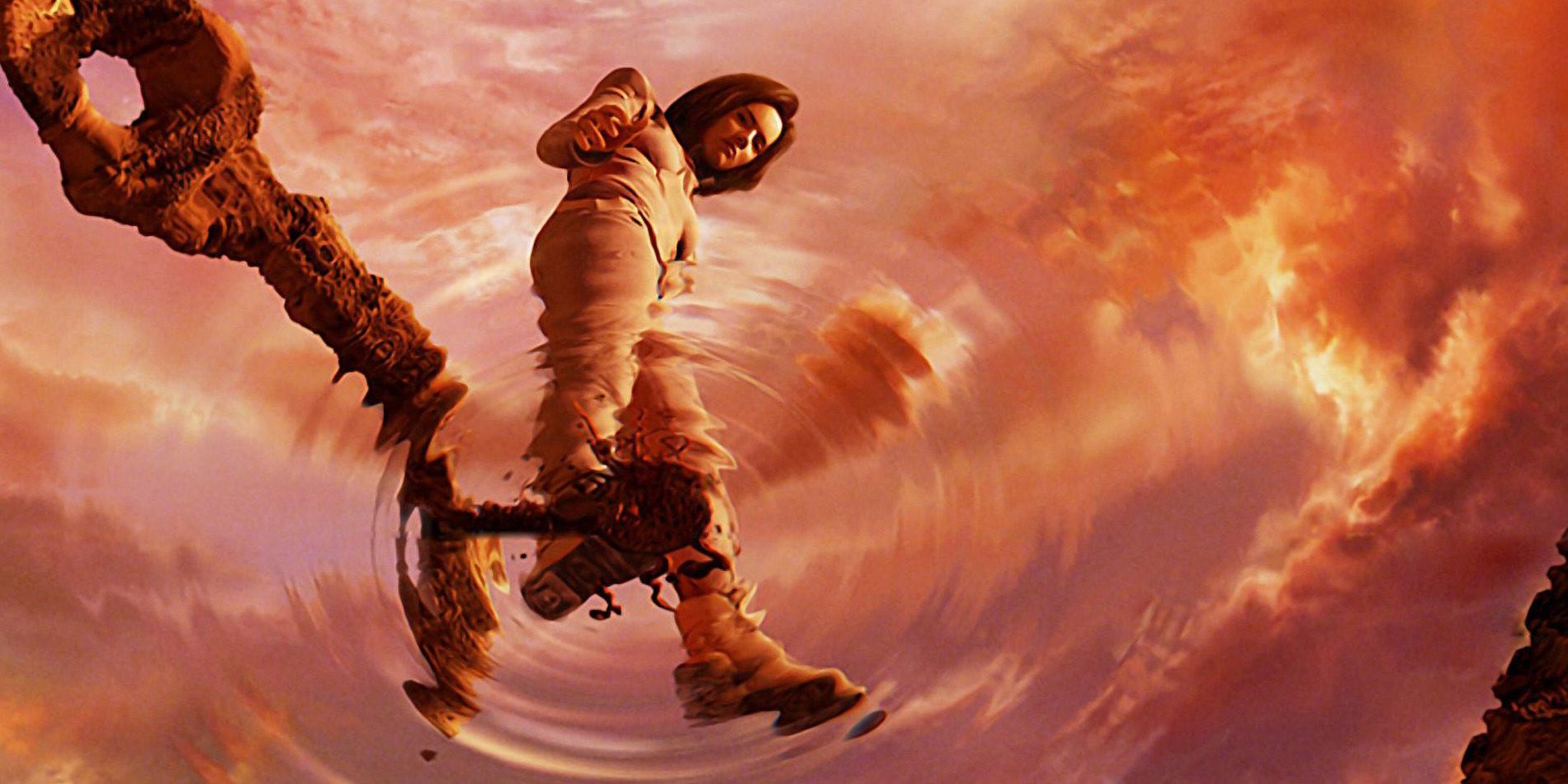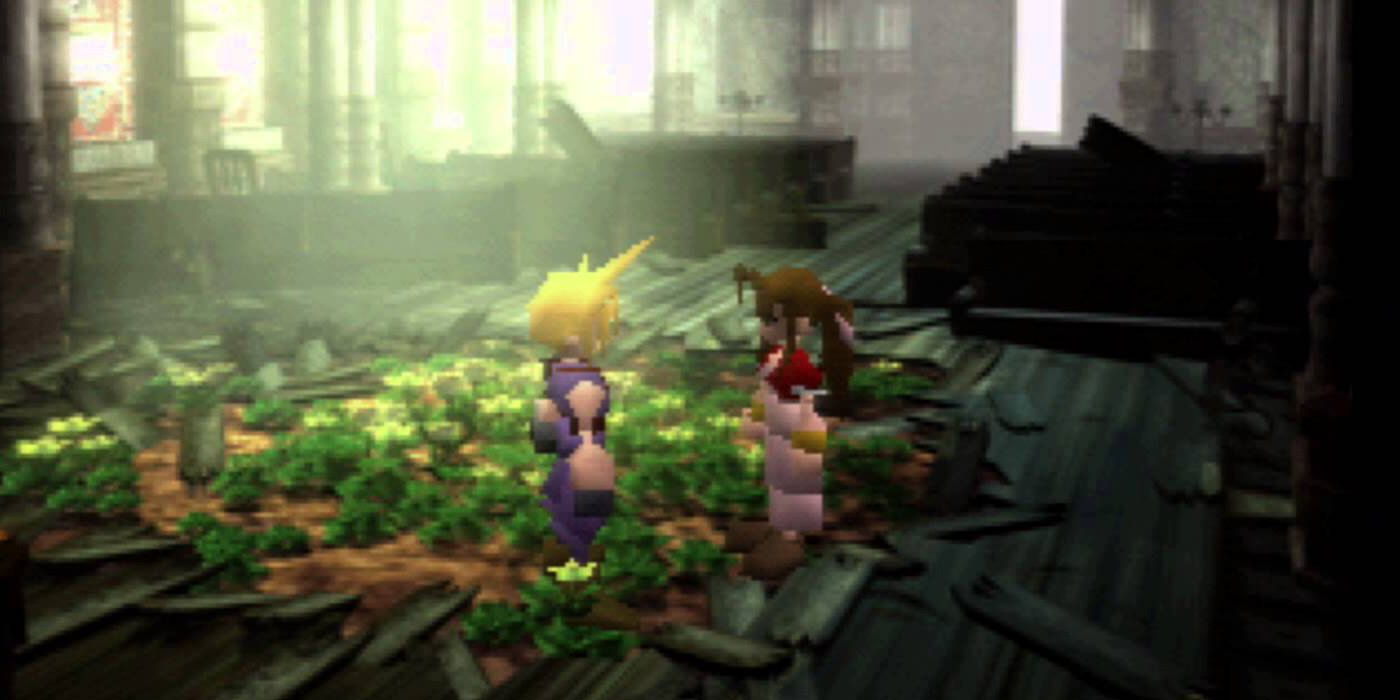The Final Fantasy series found worldwide success in an unusual way. Final Fantasy VII turned out to be one of the most influential and important games of all time, to the point where it became the best reason to buy a PlayStation. The fans who were introduced to the series became curious about the other games that led up to VII, which is where the confusion began. You see, three of the other Final Fantasy games were released in English, but two of them had their numbers changed in order to make up for the games that weren't given an international release. Final Fantasy IV became II and Final Fantasy VI became III.
Final Fantasy's success also happened during the period when the Internet first started to enter homes across the world. This meant that games like Final Fantasy VII were common targets for urban legends and fake secrets about the series.
We are here today to look at the misconceptions that have plagued the Final Fantasy series since the beginning. From the true nature of Zack and Aerith's relationship, to the secret of resurrecting the flower girl from Midgar.
Here are Twenty False Facts About Final Fantasy That Everyone Believed!
20 Zack Was Aerith's Boyfriend
Final Fantasy VII is a game that is best played through twice. Once you know the truth about Cloud's mental state and the presence of Zack Fair within the story, you start to see the subtle clues that were being left throughout the game. This is especially true of Zack's relationship with Aerith, which was expanded on by the other games in the series.
The English translation of Final Fantasy VII was notoriously spotty in places. One example of this recently came to light, as it was revealed that Aerith never referred to Zack as her boyfriend in the original Japanese version of the game. Their relationship was far more platonic than the western version of the game would have you believe.
19 General Leo Has To Die
The death of Aerith is considered to be one of the most important moments in video game history, yet Squaresoft was pulling similar tricks in their earlier games. Fans of Squaresoft during the Super Nintendo days were still lamenting the death of General Leo in Final Fantasy VI and looking for Schala in Chrono Trigger.
The death of General Leo is actually reversible to a degree in Final Fantasy VI. It's possible to bring him back using the Airship Glitch, which allows you to gain access to the Airship a lot earlier than you normally would get it. You can overwrite Banon's slot in the party roster with Leo and keep him for portions of the World of Balance.
18 Reach Memoria In Under Twelve Hours To Acquire Excalibur II
Final Fantasy IX is widely considered to be impossible to 100% complete. This is due to a bizarre secret hidden in the game by the developers at Squaresoft. In order to get the Excalibur II (Steiner's best weapon in the game), the player had to reach the final dungeon in under twelve hours. This was actually ten hours in the PAL regions, due to the slowdown compared to the NTSC version.
The fact that you need to race to the final dungeon means that you cannot finish all of the side quests, while finishing the side quests means that you cannot get Excalibur II.
There is a way around this, though it takes a long time. It's possible to turn the in-game clock back to zero by leaving your PlayStation running for two years. This will allow you perform all in-game tasks and acquire Excalibur II.
17 Final Fantasy XV Spent A Decade In Production
It seemed as if Final Fantasy Versus XIII was doomed to never see the light of day. Final Fantasy Versus XIII was planned to be part of a larger franchise that would be spearheaded by Final Fantasy XIII, with Type-0 joining in as part of a trilogy. The lukewarm reception to Final Fantasy XIII made Square Enix change these plans, which meant that Type-0 had its connections to the world of XIII toned down and Final Fantasy Versus XIII was seemingly canceled.
Final Fantasy Versus XIII was eventually rebranded and reborn as Final Fantasy XV. Versus XIII was first announced in 2006, while XV was released in 2016. This has led to the incorrect belief that the game spent a decade in production. Final Fantasy Versus XIII never actually entered full production. It wasn't until the game was changed into a member of the main Final Fantasy series that it had a proper development cycle, which lasted around four years.
16 Rinoa Became Ultimecia
One of the most popular fan theories surrounding Final Fantasy VIII is the notion that Rinoa and Ultimecia are one and the same. The reason for this is because we know little about Ultimecia's backstory and motivations, which leaves a lot of room for speculation. The fans have theorized that the reason Ultimecia wants control over time is that she was once Rinoa, who has become immortal due to her sorceress powers and wants to be reunited with Squall forever.
This theory has been shot down by Yoshinori Kitase during an interview with Kotaku. He debunked the theory, as he explains that Rinoa and Ultimecia are similar people due to the nature of their powers, but they aren't one and the same. Kitase also debunked the "Squall is dead" theory, but he said that it might make its way into a future Final Fantasy VIII remake.
15 Ramza Died At The End Of Final Fantasy Tactics
There are a lot of questionable aspects of Final Fantasy Tactics' story that have made fans question whether the events of the game happened, or if we were just reading Orran's own skewed view of Ivalice's history.
One aspect of the story that seemed up to interpretation was the ending. Orran sees Ramza and Alma riding away on chocobos. This is despite the fact that the last time we saw them was when they were trapped in another dimension that had just exploded. How could they have possibly escaped and returned to Ivalice?
Yasumi Matsuno himself resolved this mystery on Twitter. He said that Ramza survived the events of the game and went on to have adventures in another land.
14 It Was Going To Be Squaresoft's Last Game
This is one of the most common myths surrounding Final Fantasy. The likely reason why it has become so widespread is that there is an ironic joke to it.
It has often been stated that the reason why the series is called Final Fantasy is that it was going to be Squaresoft's last game. The company was running out of money, so they pumped the last of their resources into the kind of game they had always wanted to make. Final Fantasy turned out to be such a big hit that it inspired sequels.
The joke part of this story is the so-called "Final" Squaresoft game spawned a ton of sequels, which has made its name become more ironic with each new title.
Hironobu Sakaguchi himself has disproven this theory. He claims that he originally wanted to call the series Fighting Fantasy, but that name was already taken, so he chose another word that began with F and sounded cool.
13 The Invisible Person In Cornelia Is A Man
The success of Final Fantasy VII created a lot of interest in the older games in the series. This period of time also happened to line up with the creation of console emulation, which allowed even the most basic of PC's to run old games. Final Fantasy found a new fan base, which was helped by the popular webcomic called 8-Bit Theater, which used the sprites from the game.
Final Fantasy had an unusual glitch that was well-known thanks to the Internet. It is possible to talk to an invisible person in Cornelia Castle at the start of the game, due to a glitch preventing their sprite from loading. This bug became known as the "Invisible Man of Cornelia".
Fans were eventually able to see the Invisible Man thanks to using cheat devices. It was then that they discovered that the Invisible Man was actually a woman all along!
12 The Trans Character In Final Fantasy Tactics Was Intentional
The move from Nintendo to Sony allowed Squaresoft more freedom to tell the kind of stories they wanted to tell, which could now include more adult themes. This may be why the storyline where Cloud has to dress like a woman was added into Final Fantasy VII, as it was the creator's way of flexing their new found freedom.
Final Fantasy Tactics contains a secret character that has unusual gender traits. You can encounter a male Time Mage in the Midlight's Deep dungeon who uses the female scream when he dies. If you recruit this character, they will have the unique ability to use male-only job classes while retaining a female sprite. This unit has been referred to as the "Dragqueen" by fans.
It seems that this unit was a result of a bug, as the Dragqueen was removed from the updated version of Final Fantasy Tactics that was released on the PlayStation Portable.
11 One-Winged Angel/Eyes On Me Had The First Voice Clips
The jump from cartridges to CD-ROM meant that video games could now include voice acting. This was a lot easier to accomplish for games that didn't have much talking, but the massive script that you would find in a Final Fantasy title meant that the series had to wait until the PlayStation 2 before it could feature full voice acting.
When it comes to the question of what Final Fantasy game first featured voice acting, the answer most people give is either the Latin chanting in "One-Winged Angel" or Faye Wong's performance of "Eyes on Me" in Final Fantasy VIII.
A clip of someone's voice can be heard earlier than the final battle with Sephiroth in Final Fantasy VII, but it is mostly obscured by the music. You can faintly hear someone talking over the intercom during the scene when the Sister Ray is being charged in Midgar.
10 Sephiroth Killed Aerith
Sephiroth is often regarded as being the most despicable killer in the whole history of video games. He was the one responsible for stabbing Aerith while her back was turned, which led to her death.
What most fans don't realize is that Sephiroth technically did not perform the deed, as he was still trapped in the Lifestream at this point. Cloud actually killed Sephiroth in Nibelheim when he threw him into the Mako reactor. Sephiroth's will, combined with his alien nature, allowed him to maintain his consciousness whilst in the Lifestream. The versions of Sephiroth that you see throughout the game are actually bodies created from the surviving pieces of Jenova's corpse. The version of Sephiroth that kills Aerith was also one of these Jenova pieces, which is why you battle Jenova-LIFE straight after Aerith dies.
9 Garland Wanted To Knock You Down!
We're lucky we ever saw an English release of the original Final Fantasy. The game needed to be edited for its western release due to fears of a lawsuit from TSR, who were the owners of Dungeons & Dragons.
The original Final Fantasy had a surprisingly good translation, even with the limits of the technology and the relative inexperience of the localization team. There was one huge screw up at the start of the game, as Garland (the first boss) tells the party that he is going to "Knock them all down!"
This rather underwhelming threat was actually a mistranslation. In the original Japanese version of the game, Garland said he was going to vanquish the party instead. This mistake was due to the original word in Japanese having multiple meanings, which include both knocking down and defeating.
8 Limit Breaks Debuted In Final Fantasy VII
All of the characters in Final Fantasy VII possess the ability to use Limit Breaks. These are special attacks that can only be performed by absorbing a lot of damage. Sephiroth cannot use one while he is in your party during the Nibelheim flashback, but his Supernova attack has been established as his Limit Break in other pieces of Final Fantasy VII media.
The Limit Breaks didn't actually debut in Final Fantasy VII, as the concept first appeared in Final Fantasy VI as Desperation Attacks. The reason most people aren't aware of this is because of how hard it is to use them. In order to use a Desperation Attack, the player needs to use a regular attack while at critical health, which has a low chance of making one happen. It's possible to go through the whole game without realizing that Desperation Attacks exist, as most players try and heal when they are at critical health.
7 Bahamut Has Appeared In Every Game In The Series
Bahamut the dragon is one of the recurring themes of the Final Fantasy series. It has appeared as a helpful mentor, a vengeful force of nature, a powerful ally, and an airship. Bahamut is usually one of the most powerful summon monsters that you can call upon, as well as being heavily involved with the lore of the world.
It's actually a misconception that Bahamut has appeared in every Final Fantasy game. Bahamut never appeared in Final Fantasy II, though Leviathan did. Final Fantasy II also included the debut of the first Cid character and also had the first death of a party member. Bahamut was nowhere to be seen in the game. He has since appeared in pretty much every Final Fantasy game, which includes the spin-offs.
6 Final Fantasy X-2 Was The First Sequel
The Final Fantasy series once followed a strict formula, where each game used a totally new setting and game mechanics. This made each Final Fantasy game unique, though it did annoy the fans who wanted to see more of their favorite characters.
We finally got a true Final Fantasy sequel in 2003, when we followed the post-Sin life of Yuna and her friends in Final Fantasy X-2.
Final Fantasy X-2 wasn't actually the first sequel to a Final Fantasy game. There was an animated movie released in 1994 called Final Fantasy: Legend of the Crystals, which was a sequel to Final Fantasy V. It was set two-hundred years after the events of Final Fantasy V and followed the descendant of Bartz as she battled a new threat to her world.
5 Final Fantasy VII Was The First 3D Game In The Series
Super Mario 64 raised everyone's expectations for 3D graphics. Final Fantasy VII then blew those expectations away, with its ambitious scope and impressive visuals in its battles. Final Fantasy VII also featured a lot of FMVs, which was something the Nintendo 64 couldn't do due to the memory limitations of cartridges.
Final Fantasy VII technically wasn't the first 3D Final Fantasy game. A demo was created by Squaresoft that was intended to show off the new 3D workstations and technology they had been given. This game is known as Final Fantasy VI: The Interactive CG Game. It featured Terra, Locke, and Shadow battling against monsters, with their commands being issued through performing shapes with the controller. A video of this demo has been released by Square Enix, but no playable version has been seen outside of the initial presentation that was shown off in 1995.
4 The Series Was Always Censored
The early Final Fantasy games had to endure a lot of censorship in order to be released on Nintendo consoles. This was due to Nintendo's incredibly strict guidelines during the '80s and '90s, which eventually helped to push Squaresoft towards Sony and the PlayStation. Games like Final Fantasy IV and VI had instances of implied nudity censored.
The Final Fantasy games have never featured fully unclothed women in any official capacity. The one exception in terms of the franchise happened in Yūkyū no Kaze Densetsu: Final Fantasy III Yori, which was an official manga adaptation of Final Fantasy III. This comic featured an unclothed version of Unei from the game, though this was a much younger and more attractive version of the character.
3 Sin Was Destroyed In Final Fantasy X
The history of Spira is filled with the spilled blood of the Summoners who completed their pilgrimage to Zanarkand and used the Final Aeon to kill Sin. This is because Sin is a colossal monster that rampages across Spira every couple of years, which requires the sacrifice of another Summoner to stop it temporarily.
The cast of Final Fantasy X sacrifice a great deal, but they are successful in finally destroying Sin once and for all.
It seems that Sin didn't stay dead for long, as it was revealed in Final Fantasy X -Will- (an audio drama created for the HD remake of the game) that Sin has been restored by some unknown individual and is rampaging across Spira once more. It is up to Yuna to finish the job, which we may see happen in Final Fantasy X-3 someday.
2 Spirits Within Had No References To The Games
The Final Fantasy series has become one of the most recognizable franchises in the video game industry. Final Fantasy was once a name that implied a high-quality production, as the games tended to feature amazing graphics and sound, even though it was only an RPG.
It seems that the Final Fantasy name isn't worth much outside of the video game industry, as it didn't survive the transition to the movies. Final Fantasy: The Spirit's Within was a massive box office bomb that almost managed to kill Squaresoft as a company.
One of the common complaints about Final Fantasy: The Spirit's Within is that it had nothing to do with the games. Even the Cid character was wrong, as his name was spelled, Sid. There are some Final Fantasy elements that made it into the movie: namely the chocobo. You can see one of them on Aki's pajamas and another on the suitcase carried by a civilian.
1 You Can't Bring Aerith Back To Life
This is the big one, the one true urban legend of video game history. No amount of Mew's stuffed under trucks will ever amount to the hours lost by gamers who wanted to be reunited with Aerith after her death.
The early Internet was filled with false methods for bringing the flower girl back from the Lifestream. They were all fake, as no amount of work within the game could bring Aerith back.
The answer to restoring Aerith actually lies in another Squaresoft game that was released around the same time: Saga Frontier. If you put the Saga Frontier disc inside your PlayStation while on the world map in Final Fantasy VII, then you can hide Aerith outside of your party when she is killed and then bring her back out using the PHS when you start disc two.

